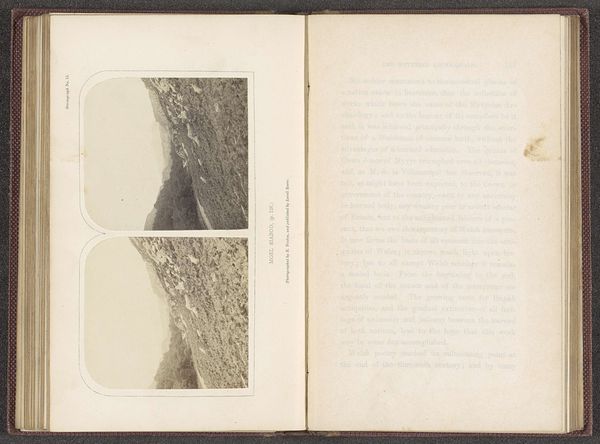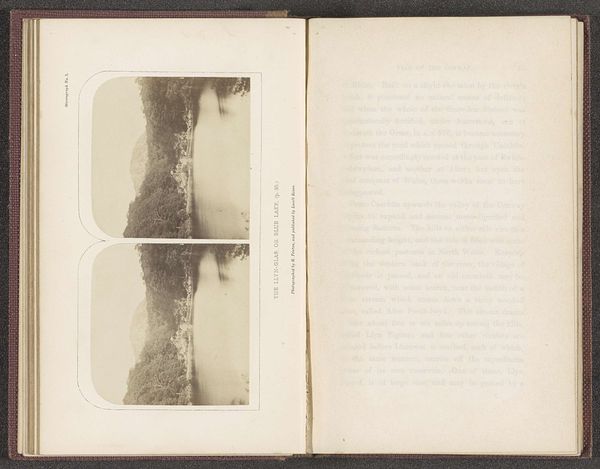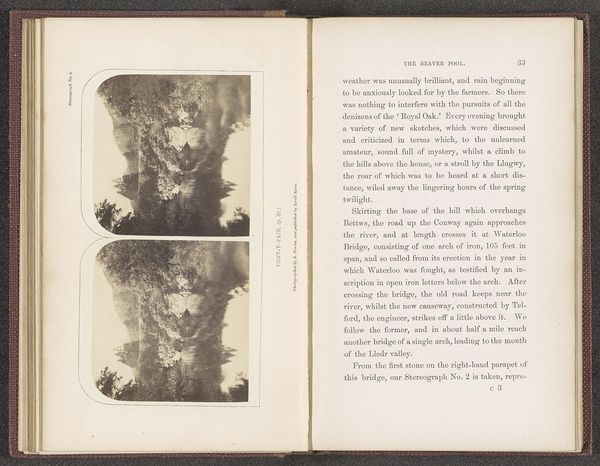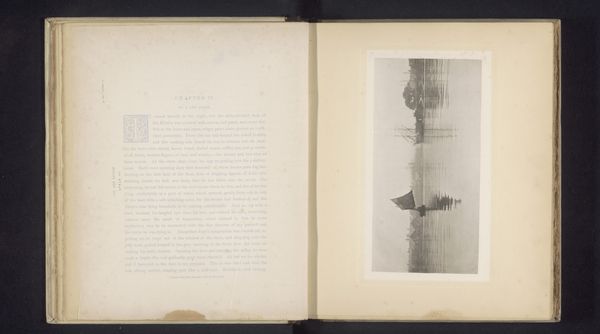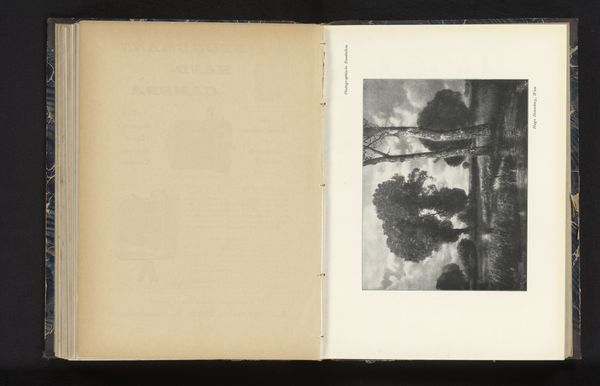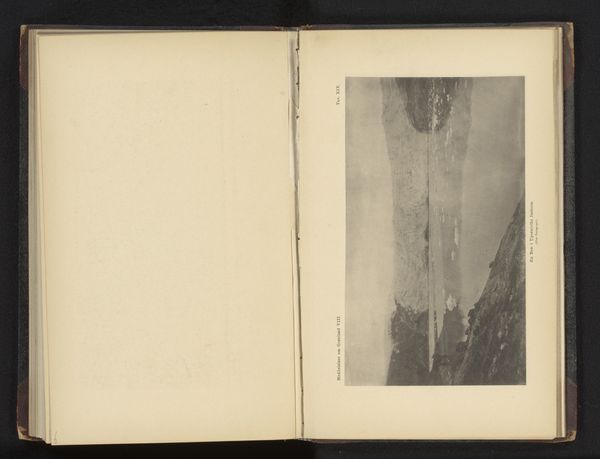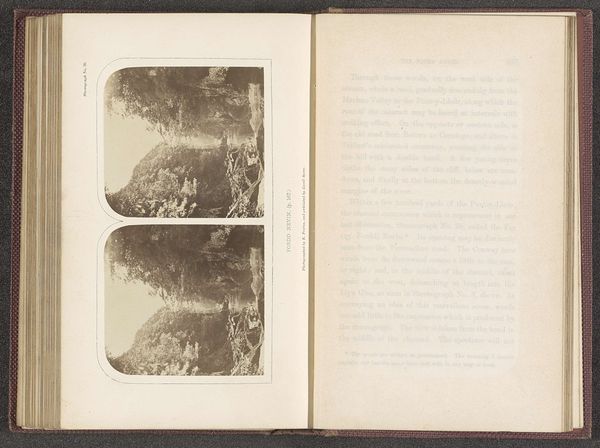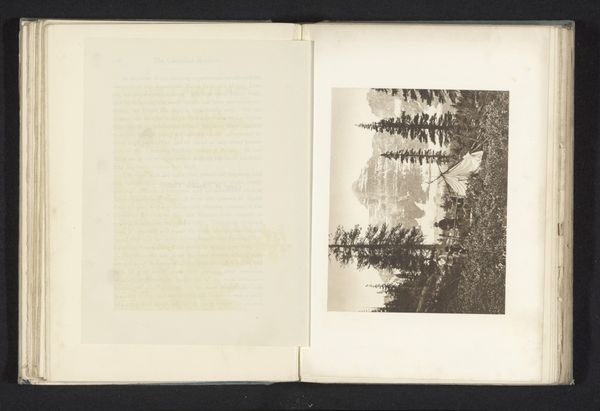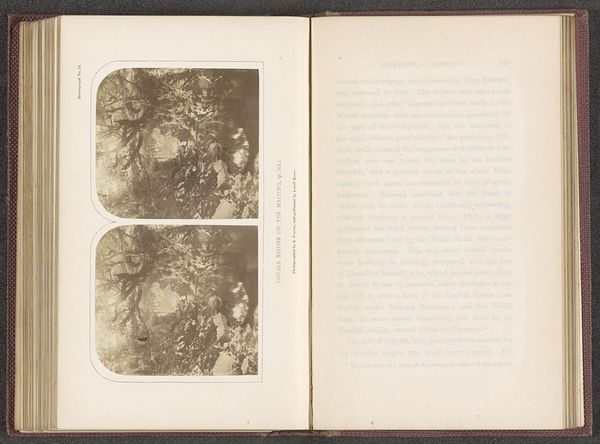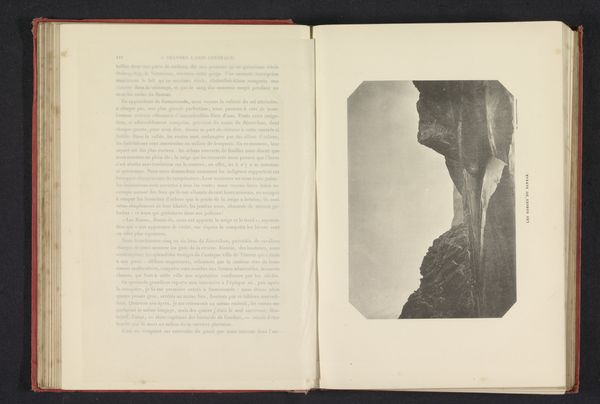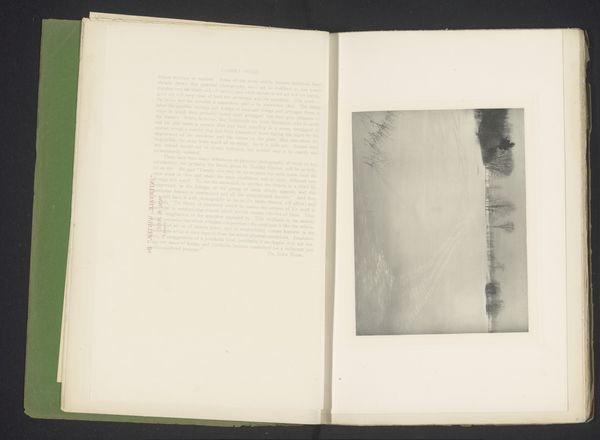
Dimensions: height 128 mm, width 197 mm
Copyright: Rijks Museum: Open Domain
Editor: So, this is "Llyn-ar-afranc or Beaver Pool," a gelatin silver print from 1859 by Roger Fenton. There's almost a mystical quality to this landscape...it feels very serene, yet a little haunting. What do you see in this piece? Curator: I see the echo of ancient stories embedded in this seemingly simple scene. Water, as depicted here, often represents the unconscious, the source of life, but also hidden depths and potential danger. Think of the Celtic reverence for natural springs and pools as gateways to the otherworld. Does the term "beaver pool" suggest anything to you? Editor: Well, obviously, there might actually be beavers living there! Curator: Indeed, but the beaver is also a powerful symbol. Across many cultures, the beaver represents industriousness, cooperation, and the harnessing of nature. Fenton's choice to title it this way could suggest a commentary on humanity's relationship with the wild, or perhaps a longing for a harmonious existence with nature. The lake, still and reflective, holds those stories, doesn't it? Editor: So, it's not just about the visual representation but also the underlying story the image and the title tells? Curator: Precisely. Fenton, though working with a relatively new technology, engages with archetypal themes – the sublime power of nature, the cyclical relationship between humanity and the environment. Consider also how the limited tonal range of the gelatin silver print affects the overall mood – somber, contemplative, even a touch melancholic. How does that affect the lasting power of the image, in your view? Editor: It makes it feel more timeless, in a way. It invites you to look closer. I wouldn’t have considered all these symbols without you pointing them out! Curator: And I hadn't thought about the impact of the printing technology on the enduring atmosphere so explicitly! These old images teach us to look deeper.
Comments
No comments
Be the first to comment and join the conversation on the ultimate creative platform.
